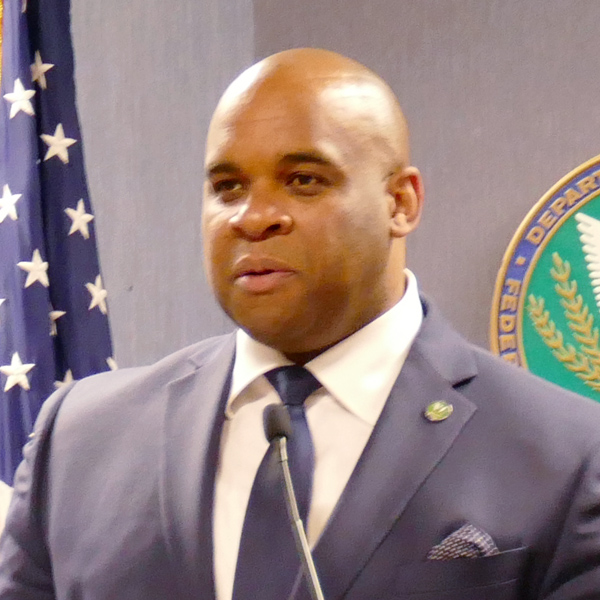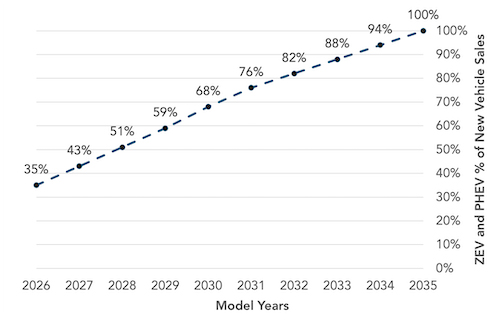WASHINGTON — Electric and natural gas prices were at their highest level in years in 2022, according to FERC’s State of the Markets report, released at the commission’s monthly open meeting Thursday.
Henry Hub natural gas prices averaged $6.38/MMBtu, which was higher than any year since 2008, as Russia’s invasion of Ukraine and the subsequent scrambling of international supply arrangements pressured markets.
LNG exports were up 9%, and the U.S. sent more of the fuel to Europe, with France, the U.K., Spain and the Netherlands receiving 48% of the total. Exports to China were down 78%, by 40% to Japan and by 38% to South Korea. The U.S. sent 66% of LNG volumes to European markets and 23% to Asian markets last year.
Despite the ongoing war, gas prices dropped in the fourth quarter to $4.60/MMBtu as the winter proved milder than expected and production hit record levels.
The two main California hubs — SoCalGas Citygate outside Los Angeles, and PG&E Citygate — averaged $9.26/MMBtu and $9.63/MMBtu, respectively, as prices rose in the state starting in November because of below-average temperatures, high natural gas consumption, lower imports from Canada, pipeline constraints from West Texas and low storage levels in California.
“Seasonal electricity prices also tracked prices for natural gas, as natural gas was typically the marginal fuel for electricity generation in most markets,” the report said.
Natural gas was still the main generator of electricity, making up 38.9% of total generation on the year. Wholesale power prices were up at most pricing hubs for the second year in a row, with the biggest jumps being seen in New York City and PJM, which both saw average prices rise by 80% from 2021.
“Electricity demand grew in every regional transmission organization or independent system operator as economic activity continued to rebound from the COVID-19 pandemic and weather had an increased impact on heating and cooling demand at times,” the report said. “Various factors including higher electricity demand and higher natural gas prices placed upward pressure on wholesale electricity prices in 2022.”
The only regions that did not see prices rise were ERCOT and SPP, which were significantly impacted by the February 2021 winter storm to the point where average prices were lower, but median prices were higher.
Longer-term trends in electric capacity continued with new entry dominated by wind and solar, while retirements were dominated by coal-fired power plants. ERCOT added the most generating capacity with 7.4 GW constructed, followed by CAISO at 4.5 GW, MISO at 3.9 GW, PJM at 3.5 GW and SPP at 3.2 GW.
Battery storage additions totaled 3 GW across the country, reaching that level for the second year in a row and making up the fourth biggest group of additions after solar, wind and natural gas.
“The markets are not all right,” Commissioner Mark Christie said after staff presented the report. “Specifically, the capacity markets are not all right. There are fundamental problems, specifically in the multistate capacity markets — ISO New England, MISO and PJM — that are directly leading to serious reliability problems.”
ISO-NE has faced winter reliability issues for years, but MISO and PJM have more recent problems, as resources are retiring and new additions are not keeping up, he added. PJM almost had rotating outages during winter weather over the holidays, and its Independent Market Monitor has called its Capacity Performance construct “a failed experiment.” (See PJM Monitor: Rise in Fuel Costs Led to Record-high Prices in 2022.)
PJM could lose up to 50 GW of dispatchable generation by 2030, and the new plants that are coming online are not enough to replace that, Christie said.
“For those who think queue reform is going to be the magic bullet [that fixes] everything: No, it’s not going to be the magic bullet because so many of the resources in the queue are intermittent resources,” Christie said. “And they’re not going to be a one for one replacement for the dispatchable resources that are being lost.”
FERC is going to have to address whether the multistate capacity markets can deliver reliable power at prices that people can afford, he added.
 FERC Chairman Willie Phillips | © RTO Insider LLC
FERC Chairman Willie Phillips | © RTO Insider LLC
The commission is already hosting a forum on PJM’s capacity market, and it is holding another event focused on New England’s winter issues in the coming months too, Chairman Willie Phillips said at a press conference after the meeting. When markets do work, they drive competition, and they can lower costs for consumers, he said.
“I think it’s also clear with recent winter extreme weather events, we’ve seen markets come to the rescue, and actually keep us from having some type of cascading outages,” Phillips said. “But that being said, we certainly have questions. I think we should always have questions about the way our markets are working. That’s why we’re having these forums. That’s why we’re digging deeper for solutions.”
